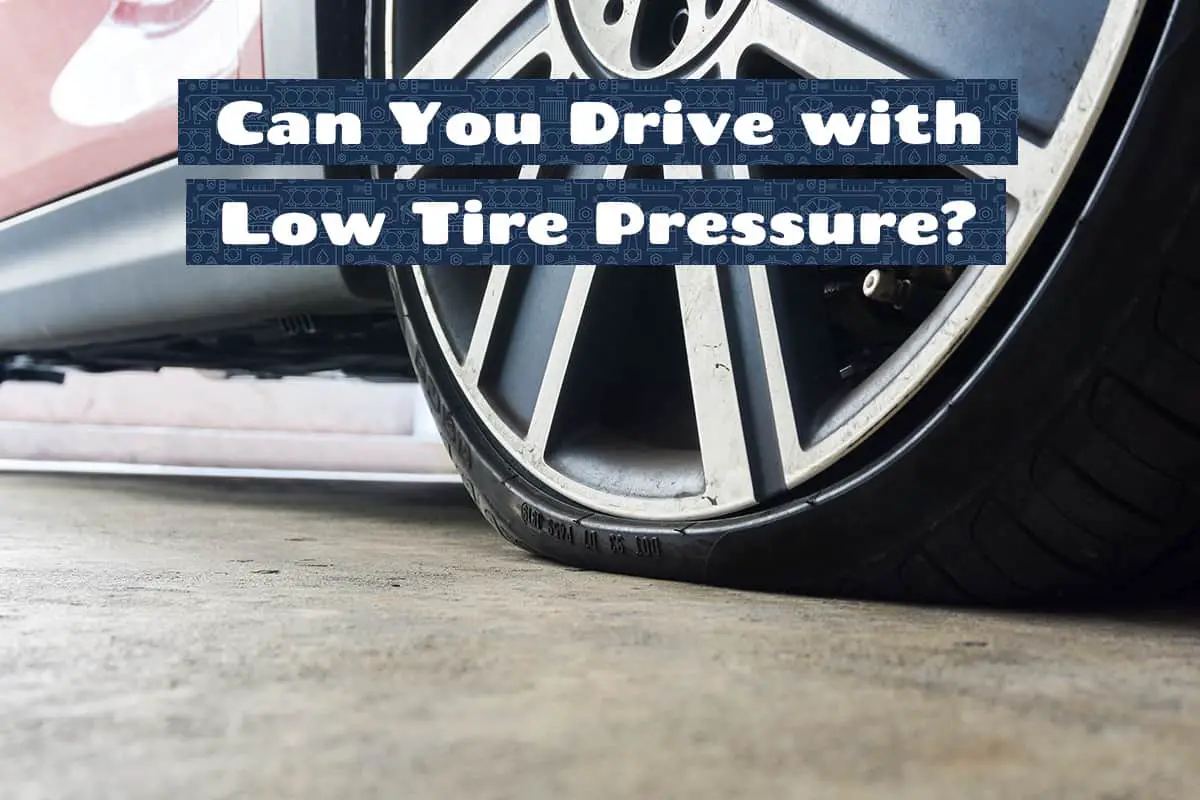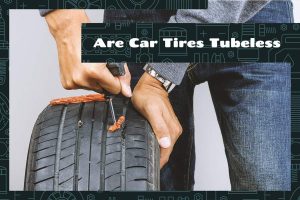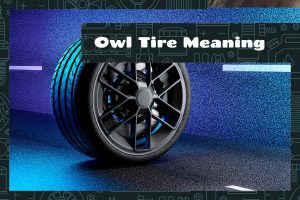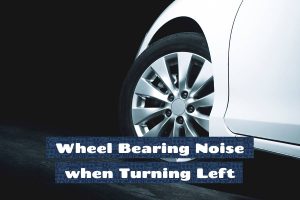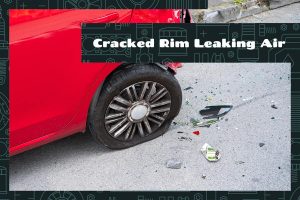Driving on the road requires more than just a functional engine and a full tank of gas. Among the key elements ensuring a safe and smooth ride are your vehicle’s tires, specifically their pressure. Proper tire pressure is a fundamental aspect of vehicle maintenance that often goes overlooked despite its role in safety and efficiency.
Driving with low tire pressure can lead to reduced fuel efficiency, increased tire wear, compromised handling, and even the risk of a dangerous blowout while at speed. You should reinflate your tires to appropriate levels before continuing to drive.
In this article, we will take a closer look at the implications of driving with low tire pressure, the risks associated with it, and how to remedy this problem.
How Tire Pressure is Measured
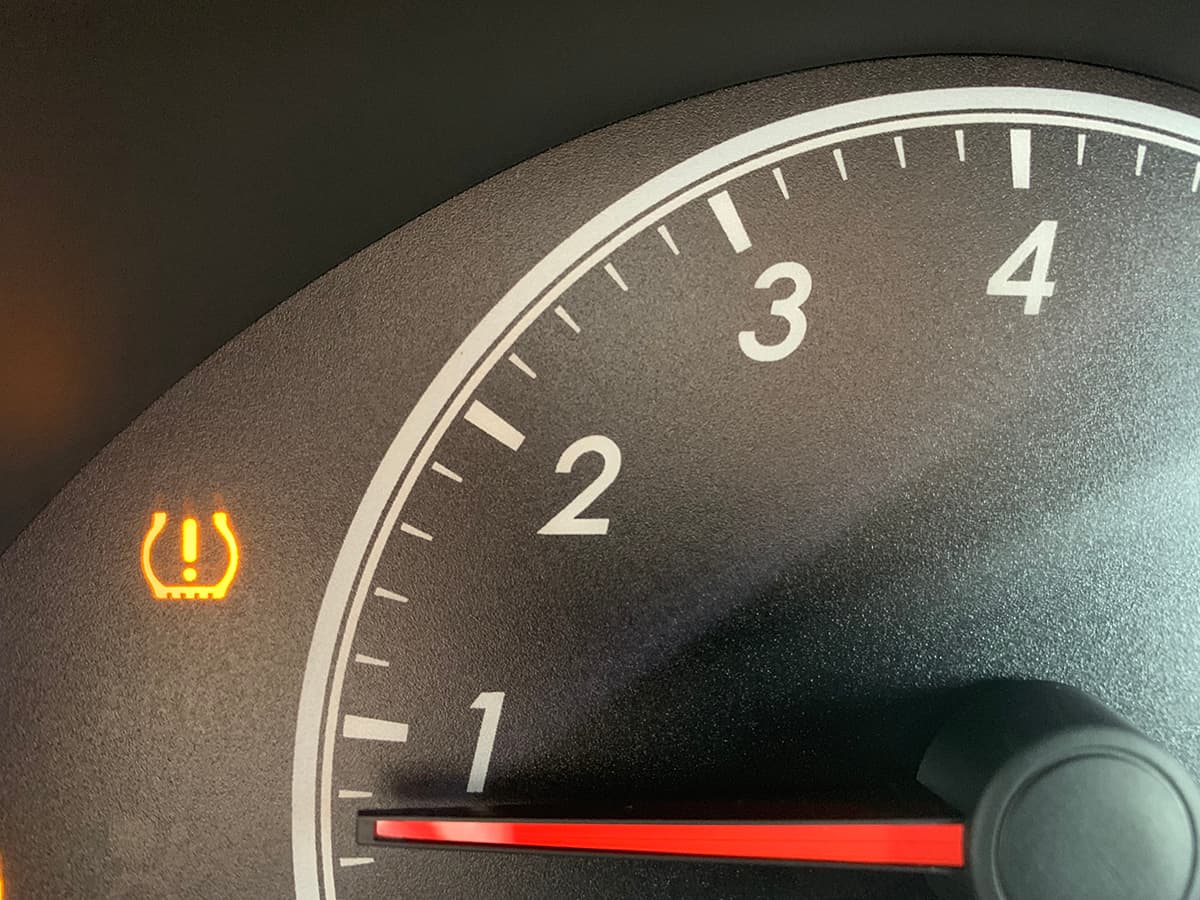
Tire pressure can be quantified in several units, the most common being PSI (pounds per square inch), prevalent in the United States. Meanwhile, many European countries use the Bar unit, while KPa (kilopascals) is an alternative found in various parts of the world.
You can usually tell when one or more of your car’s tires is flat by the following signs:
- Visual Flattening: One of the most evident signs of low tire pressure is a visibly flattened bottom section of the tire when the vehicle is stationary. This bulging appearance indicates that the tire is not sufficiently inflated and its structure is unevenly bearing the vehicle’s weight.
- Vibrations or Unusual Noises: Such vibrations may suggest one or more tires are not aligned with the others due to varying pressure levels.
- Warning Light on Dashboard: Modern vehicles may also have a Tire Pressure Monitoring System (TPMS). This built-in technology continuously checks tire pressure. When the tire pressure drops below the recommended level, the TPMS warning light, often depicted as an exclamation point inside a tire shape, illuminates the dashboard.
Reasons for Low Tire Pressure
There are several reasons why your car’s tires will run out of pressure, some more serious than others. Let’s take a closer look at what those are:
1. Natural Air Loss Over Time
All tires gradually lose air even under perfect conditions. This slow release, often termed as permeation, is natural and can result in a drop of one or two PSI per month. It’s a consequence of the tire’s design, where microscopic pores in the rubber material allow tiny amounts of air to escape.
2. Seasonal Temperature Fluctuations
Ambient temperatures have a significant impact on tire pressure. Generally, for every 10°F drop in temperature, tires can lose about 1 PSI. Conversely, a rise in temperature can increase tire pressure. This fluctuation is because air expands when heated and contracts when cooled.
3. Punctures and External Damages
Physical damages, like punctures from nails, sharp objects, or even minor cuts, can lead to rapid air loss. While some punctures are noticeable due to a flat tire, others might be smaller, causing a gradual deflation.
4. Valve Stem Failures
The valve stem is the tiny protrusion from your tire that you unscrew when you’re filling the tire with air. It contains a core that can become damaged, dirty, or corroded over time, leading to air leakage. Faulty or aged valve caps can also be culprits, as they safeguard the valve core from debris and dirt.
Dangers of Driving with Low Tire Pressure
Driving with the correct tire pressure is more than just a manufacturer’s recommendation; it’s a safety imperative. Low tire pressure can pose a myriad of dangers, such as:
1. Reduced Handling and Stability
Under-inflated tires can decrease the vehicle’s response time to steering adjustments, making it feel sluggish or unresponsive, especially in curves or when making sudden maneuvers. The tire’s contact patch, the area in direct touch with the road, is altered, leading to reduced grip.
2. Increased Braking Distances
An under-inflated tire creates more resistance, meaning the vehicle requires more distance to come to a complete stop, especially at high speeds. This increased distance can be the difference between a safe stop and a potential collision.
3. Amplified Tire Wear and Damage
The edges of the tire tread bear more weight than the center, leading to premature wear on the outer regions. This necessitates frequent tire replacements and makes the tire more susceptible to damages like cuts, cracks, or bruises.
4. Reduced Fuel Efficiency
Under-inflated tires increase rolling resistance, meaning the engine has to work harder to move the vehicle, consuming more fuel in the process. Over time, even a small drop in tire pressure can significantly increase fuel costs.
5. Increased Risk of Blowouts
Under-inflated tires generate more heat due to the increased friction between the rubber and the road. Prolonged driving in such conditions can cause the tire to overheat and rupture, especially at high speeds.
Remedies for Low Tire Pressure
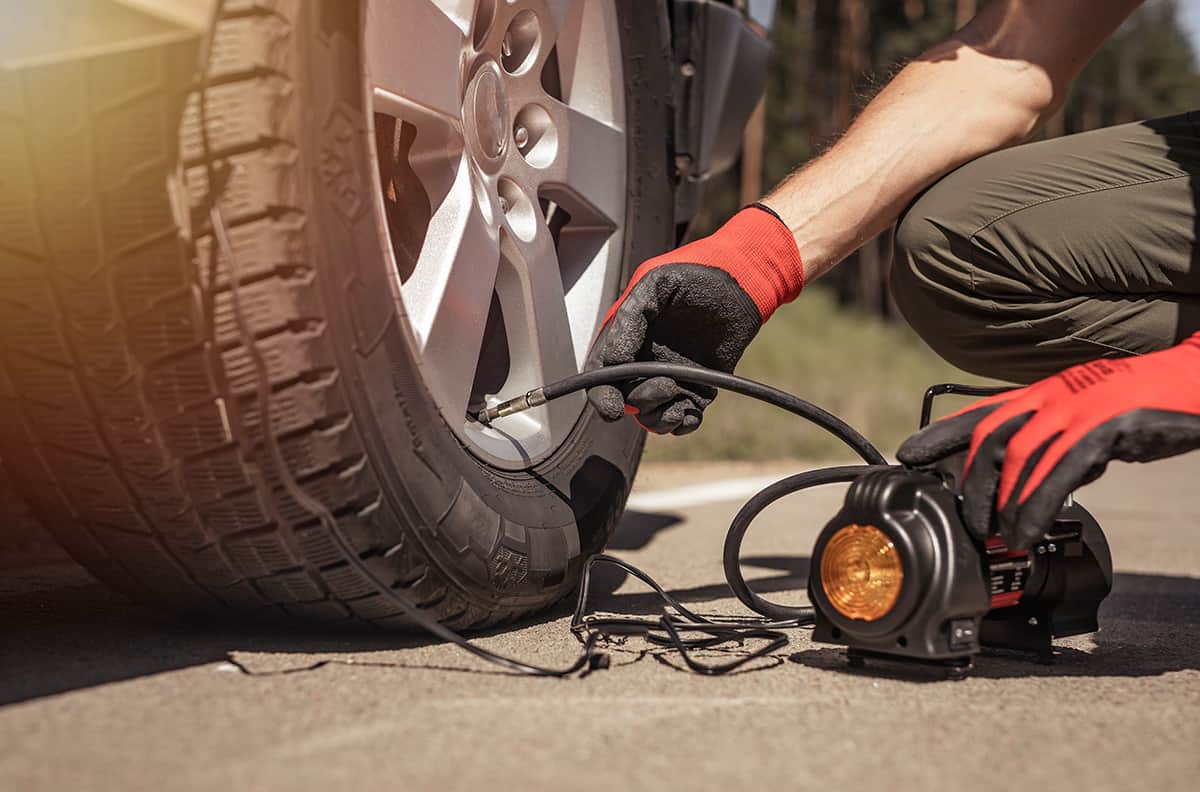
Now that we know the reasons and dangers of low tire pressure, we can focus on how to resolve the problem.
1. Check Tire Pressure Periodically
Using a reliable tire pressure gauge, regularly check the pressure in each tire. The ideal frequency is once a month and before long trips. Ensure you check the pressure when the tires are cold (i.e., driven less than a mile) as driving heats up the tires and can give a misleading reading.
2. Inflation to the Right Pressure
Based on the vehicle manufacturer’s recommendations, which can usually be found in the vehicle’s manual or on a sticker inside the driver’s door, inflate your tires to the specified pressure. Use a good-quality air compressor, available at most gas stations, and ensure you don’t overinflate.
3. Using Nitrogen
Nitrogen molecules are larger than oxygen molecules, which can reduce the rate of pressure loss. While it’s a more costly option, it can be beneficial in maintaining consistent tire pressure.
4. Invest in a Portable Air Compressor
Having a portable air compressor in your car can be a lifesaver. These compact devices can inflate a tire within minutes, allowing for quick adjustments even when you’re on the go. It’s an ideal tool for emergencies and for drivers who often travel long distances.
5. Regular Tire Rotation
Rotating your tires can promote even wear, which in turn affects tire pressure maintenance. Generally, you should rotate your tires every 3,000 to 5,000 miles. Consistent rotations can ensure that no single tire is subjected to excessive wear, which could impact its pressure retention capability.
6. Examine and Replace Valve Caps
The valve cap prevents dirt and debris from entering the valve and causing leaks. Check all valve caps to ensure they’re intact and replace any missing or damaged ones.
7. Immediate Action on Punctures
If you suspect a puncture or notice a slow leak, address it immediately. Temporary solutions like tire sealants can be used for minor punctures. However, it would be best if you still got the tire properly patched or replaced at a tire shop to ensure long-term safety.
FAQs
1. What is the ideal tire pressure for my car?
The ideal tire pressure varies between vehicles. To find the recommended tire pressure for your specific car, you can look in the vehicle manual, the driver’s door jamb (look for a sticker with PSI details), or the fuel filler cap (look for another sticker).
2. Is it safe to drive with the TPMS light on?
If the TPMS light is on, it’s a warning that your tire pressure is not at the optimal level. While you might not face immediate issues, driving long distances or at high speeds with the light on is unsafe.
Reduced tire pressure can affect your vehicle’s handling, fuel efficiency, and tire lifespan. Moreover, significantly low pressure can lead to tire failure. If the TPMS light comes on, it’s best to pull over when it’s safe, check the tire pressure, and implement any of the above solutions.
